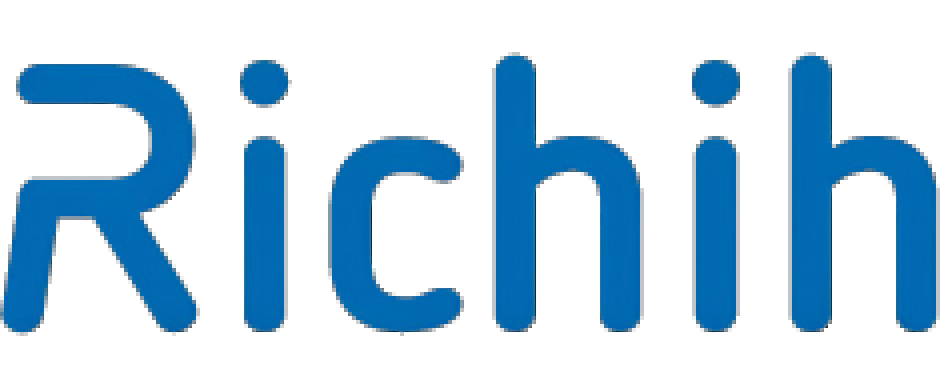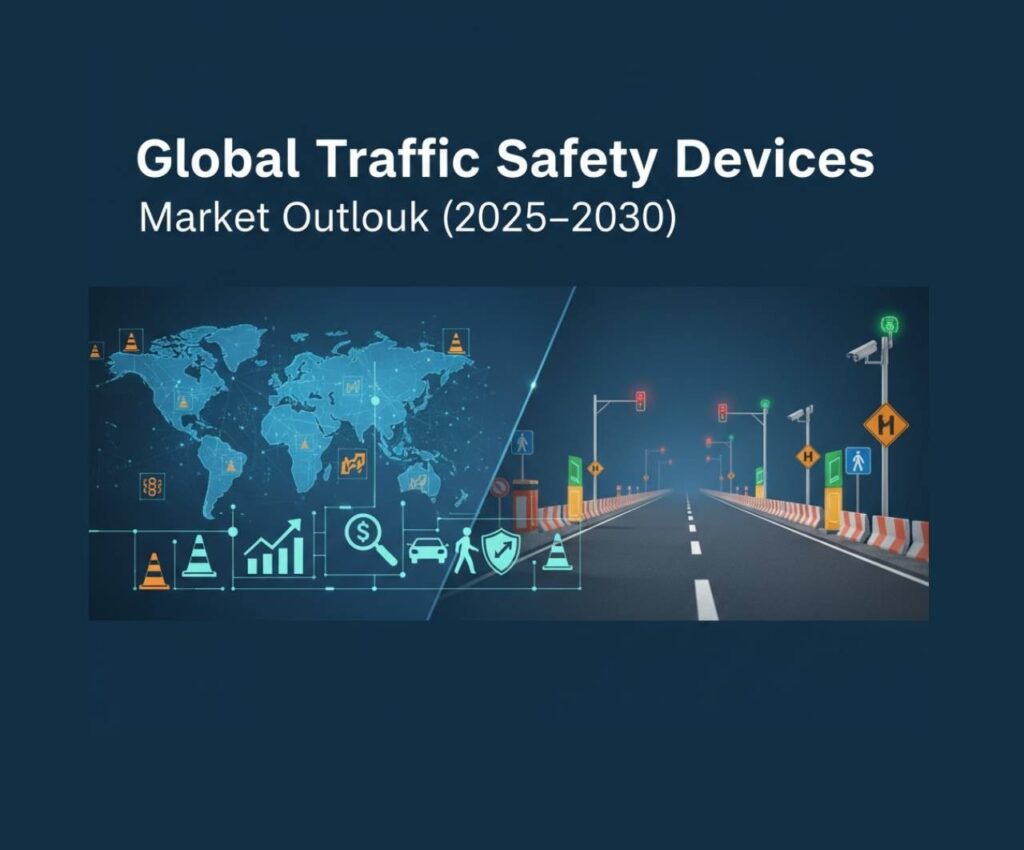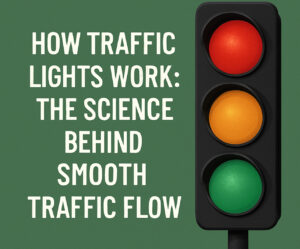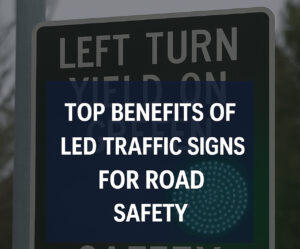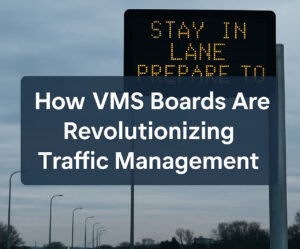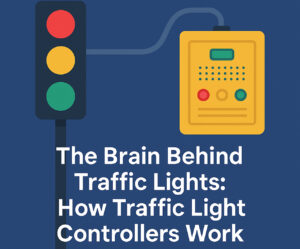As urban development accelerates and infrastructure projects ramp up worldwide, the demand for traffic safety supply, traffic safety products, Traffic Safety Devices, and traffic safety solutions is projected to witness exponential growth. Between 2025 and 2030, the global traffic safety market is expected to evolve dramatically, driven by smart city innovations, stricter government regulations, and the rising need for efficient mobility management. For wholesalers and OEM providers, the upcoming years offer substantial opportunities to align with market trends, innovate product lines, and scale globally. Know more.
The Future of Traffic Safety Products: A Market on the Rise
The global traffic safety devices market is poised for strong growth, with projections indicating a CAGR of over 8% from 2025 to 2030. As governments invest in resilient urban infrastructure and countries strengthen road safety policies, the market for traffic safety products—from barricades to warning systems—is expected to surge.
North America and Europe are anticipated to maintain their dominance due to advanced infrastructure, while Asia-Pacific, led by China and India, will emerge as the fastest-growing region. OEM and wholesale businesses in the traffic safety supply chain will find lucrative opportunities in these expanding markets, particularly in regions undergoing rapid urbanization and highway development.
Key Growth Drivers: Urbanization, Technology, and Policy Shifts
1. Smart Cities and Connected Infrastructure
The integration of IoT and AI into road systems is not just a tech trend—it’s reshaping the very core of traffic safety solutions. From smart LED signage to sensor-activated barriers, today’s safety devices are more intelligent and responsive than ever. Municipalities and road authorities now prioritize digital integration, making it vital for manufacturers and wholesalers to offer advanced traffic safety products that meet modern technological expectations.
2. Regulatory Push and Vision Zero Initiatives
The United Nations’ Decade of Action for Road Safety and national Vision Zero campaigns are placing enormous emphasis on reducing traffic-related fatalities. This policy push increases demand for high-efficiency traffic safety solutions that offer both preventative and real-time safety features. For instance, reflective delineators and impact-absorbing crash cushions are becoming mandatory in several jurisdictions.
OEM Opportunities in the Evolving Market
OEM providers will play a central role in driving innovation and volume production. Companies that can deliver scalable, customizable, and cost-efficient traffic safety products will position themselves as key suppliers to global brands, municipal clients, and infrastructure contractors. The growing preference for private-label products further emphasizes the importance of quality OEM partnerships.
At a wholesale level, businesses must diversify their traffic safety supply portfolios to include modernized, compliant devices such as solar-powered flashers, rubber speed humps, modular barriers, and smart traffic cones.
Sustainability and Eco-Friendly Innovation
Environmental sustainability has entered the spotlight across all manufacturing sectors, including traffic safety supply chains. The shift towards recyclable materials, energy-efficient LED systems, and solar-powered devices is reshaping product development. Clients are increasingly looking for traffic safety solutions that align with ESG (Environmental, Social, and Governance) goals.
Forward-thinking OEMs and wholesalers are adapting to this trend by launching eco-conscious traffic safety products without compromising on durability or compliance. This pivot offers a competitive edge, especially in bidding for public sector contracts.
Emerging Markets: New Horizons for Growth
Developing regions in Latin America, Africa, and Southeast Asia are beginning to prioritize large-scale infrastructure improvements. In these regions, demand for reliable traffic safety supply will expand rapidly as new road networks, airports, and logistics hubs come online. Wholesalers with agile logistics systems and multilingual OEM capabilities will be particularly well-positioned to capitalize on these openings.
Governments in these emerging markets are adopting global standards and enforcing stricter regulations on traffic safety products, opening the door for international suppliers to step in and fill the quality gap.
Digitization and E-Commerce in B2B Sales
The global shift toward online procurement is transforming how traffic safety products are sourced and delivered. B2B e-commerce platforms and digital catalogs are now essential for wholesalers and OEMs aiming to streamline their traffic safety supply chain. Investing in digital visibility, optimized online content, and efficient supply chain tech will be vital to meeting client expectations.
Those who provide detailed product specifications, 3D models, and real-time stock availability will have a significant advantage in an increasingly digital landscape.
The Role of Customization in Modern Traffic Safety Solutions
Clients today seek traffic safety solutions tailored to specific environments—urban, rural, industrial, or residential. From color-coded lane delineators to region-specific signage materials, customization is becoming a baseline expectation rather than a luxury. OEMs that offer on-demand adjustments and rapid prototyping will lead the next phase of traffic safety supply development.
Wholesalers must work closely with manufacturers to ensure that product customization doesn’t delay delivery or inflate costs—a delicate balance that defines success in this space.
Investing in R&D and Industry Standards Compliance
Innovation in traffic safety products hinges on ongoing investment in R&D. This includes testing for UV resistance, load-bearing capacity, temperature resilience, and environmental durability. Regulatory certifications—such as ASTM, CE, and ISO—will continue to influence purchasing decisions, especially for large-scale public projects.
Wholesalers and OEM partners must treat compliance as a competitive differentiator. Clients increasingly favor vendors who offer thoroughly tested and internationally certified traffic safety solutions.
Final Thoughts: Looking Ahead to 2030
Between 2025 and 2030, the global traffic safety products market is set to become more dynamic, more digital, and more diversified. For OEM and wholesale leaders, now is the time to invest in smarter technologies, greener materials, and global logistics capabilities.
The need for scalable, innovative, and regulation-compliant traffic safety solutions will only grow. Those who stay ahead of technology trends, prioritize sustainable manufacturing, and respond quickly to shifting regulatory frameworks will solidify their role as go-to providers in the global traffic safety supply ecosystem.
By positioning themselves as proactive, adaptive, and globally connected, companies can confidently navigate this evolving landscape—transforming risk into opportunity and products into partnerships.
